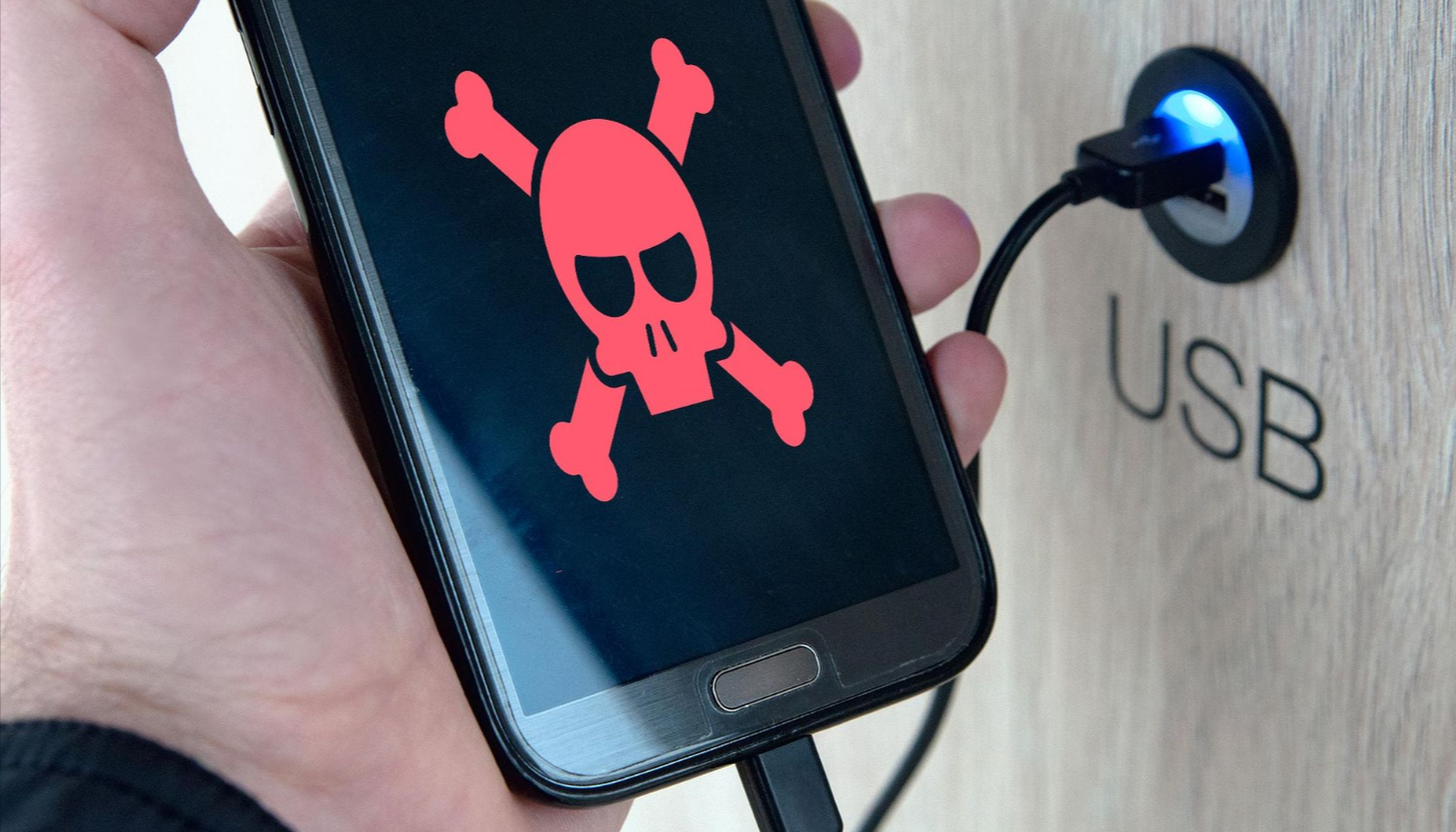The Risks of Using Public USB Charging Stations

Public charging points come with both threats and goodies. Interestingly enough, these ports can serve as gateways for malware injections and spur sleepless nights for companies mega-sensitive to loss of data.
Criminals can even unscrew the inhaler charger from your device and replace it with a modified one plugged into an infected economic charging station at a public place. This is an attack referred to as "juice jacking," which introduces a different meaning between the jokes when the host pretends to play with the charger.
Public Spaces Injection of Malware
It's convenient, but the public USB charging stations may come with dire consequences, as the FBI and the Federal Communications Commission fear that this highly attractive charging convenience could easily lure in naive users into juice jacking, whereby their mobile devices may suffer serious consequences from such an attack.
Juice jacking occurs when an individual manipulates the USB ports and cables, which can contain dangerous malware that will turn on when the user's device connects. Such malware can potentially steal the data or do damage to the device if it is ever attached, most likely locking access until a ransom payment is received.
These are masquerading as a normal charging station, so that most victims do not realize that something wrong has happened until they have lost a lot of money-. Even worse, such a malware can be used to steal passwords and credit card details, not mention other sensitive information of the victim.
But taking reputable chargers and adapters while avoiding use of public USB charging stations would really lessen your chances of juice jacking attacks. It would also be wise to invest in a USB data blocker or "USB condom," which can prevent transfer of sensitive information while still powering devices. Finally, keeping software updates up as often released include security patches to safeguard any newly identified vulnerabilities in devices.
Data Theft
In most cases, USB ports do not give much security, as one may assume from being at public charging points. These ports will not end with security features for separating power and data transfer to one, making it within the range for hackers who could gain an enter using malicious USB cables. Juice jacking thus taps into devices through these cables, and they can gain entry and use juice jacking techniques to steal information or lock devices down for further tracking or display ads without authorization.
This type of attack is used commonly in places like airports, bus terminals, shopping complexes, or hotels with quick charging stations that draw up customers battling with security concerns. Also, this tactic works so well because the attackers would hide their devices such as credit card skimmers within ports or cables that look identical to those commonly found at charging stations.
To keep yourself protected, use only the chargers and cables you brought with you and disconnect it if the connection suddenly fails. A small device called a USB data blocker can block information transfer while still allowing your phone to charge; so packing one could prove invaluable if you rely on public chargers.
However, try not to use public charging stations; carry a portable charger along with your own USB cable wherever possible. If this isn't an option, disable data transfer options through your device's settings to reduce risks when using public charging stations.
Juice Jacking
When your battery is low, it is definitely tempting to plug in for a charge. But plugging into that free station might come with a high price when it comes to the security of your device: hackers have been known to exploit public charging stations to gain entry into the system and install malware onto mobile phones through an attack known as juice jacking.
Stolen data can be had using man-in-the-middle (MIM) attacks that hijack USB connections between your device and the charging station and thus compromise the data the two would share with each other.
One may create a charging house by using a fake charging station while pulling the real cable of an official USB into it, thus attracting victims and connecting them to their device-destructive hardware chips, which will start exploiting users' hard-earned money.
The contact method for juice jacking uses either one's own charging cables or their power banks. Of course, the use of USB data blockers (USB condoms) can further safeguard devices from this kind of attack, along with enabling encryption and regularly updating the software on devices. But for maximum protection, just avoid public charging stations as much as possible while making sure your lock screen is activated on your device.
Tampered Ports
As public USB charging stations have multiplied, so have the opportunities for cyberattacks. These are the targets through which malicious elements can plant malware into connected devices, obtain sensitive commercial data for selling on the black market, or start launching social-engineering attacks against their victims.
"Juice jacking," an emerging trend known to bad actors, involves using USB ports to introduce malicious software onto smartphones via USB ports into tablets, laptops, and e-readers. Once inside these devices, this malware has the ability to take hold of the entire device by spying on its user or even locking them out of their accounts while possibly exporting personal information directly to criminals.
Bad actors may install fake cables at charging stations with malicious software and switch them by using imitation-cables that are not likely to be differentiated as fake from original cables, thus making them more likely to be used by unwitting victims and spreading malware through USB ports and phones. Such fake cables appear realistic enough that the victims may connect them without their knowledge, leading them to an infectious road by spreading the infection through infected USBs and phones that come in contact with those cables.

